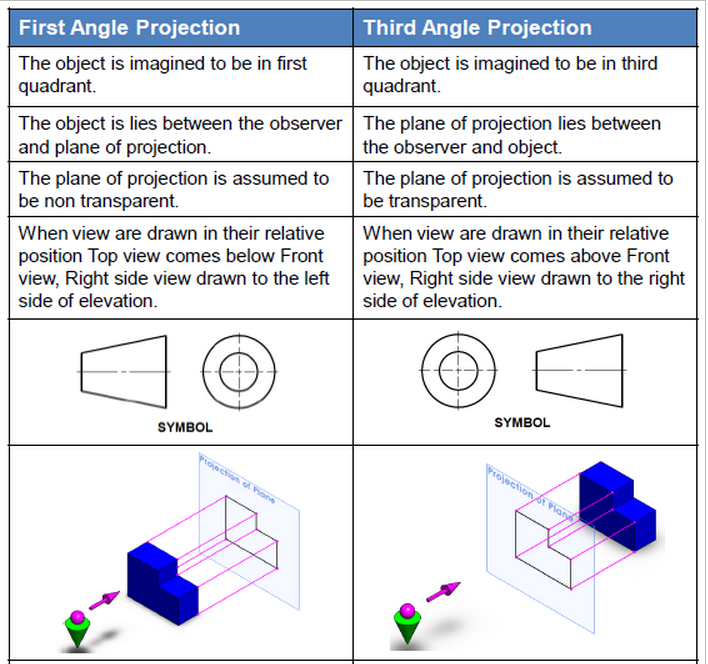Global New Car Assessment Programme (Global NCAP) is a UK company for the promotion of public safety and public health, for the protection and preservation of human life and for the conservation, protection and improvement of the physical and natural environment in particular by:
- Promoting and conducting independent research and testing programmes that will assess the safety and environmental characteristics of motor vehicles and their comparative performance and disseminating the results to the public.
- Promoting the development of new car assessment programmes, by providing financial support and technical assistance, and facilitating international co-operation with and between such programmes.
The crash test was performed on the following models
- Maruti Suzuki Alto 800.
- Tata Nano.
- Ford Figo.
- Hyundai i10.
- Volkswagen Polo.
Suzuki-Maruti Alto 800
- In the 64 km/h NCAP test, the Suzuki-Maruti Alto 800 achieved a zero-star rating for its adult occupant protection. The vehicle structure was rated as unstable, increasing the risk of life-threatening injuries and making the car unsuitable for the fitment of airbags.
- Using the child seats recommended by Suzuki-Maruti, the Alto 800 achieved a two-star rating for child protection.
- The Alto 800 was not able to meet the UN’s minimum safety requirements in the 56km/h crash test.
Tata Nano
- In the 64 km/h NCAP test, the Tata Nano achieved zero stars rating for its adult occupant protection. The vehicle structure was rated as unstable, increasing the risk of life-threatening injuries and making the car unsuitable for the fitment of airbags.
- The car achieved a zero-star rating for its child protection as it was not possible to install child seats in the car.
- The Nano was not able to meet the UN’s minimum safety requirements in the 56km/h crash test.
Frod Figo
- In the 64 km/h NCAP test, the Ford Figo achieved a zero-star rating for its adult occupant protection. The vehicle structure was rated as stable, but without safety equipment such as airbags, too much of the crash energy was absorbed directly by the occupants.
- Using the child seats recommended by Ford, the car achieved a two-star rating for its child protection.
- The Figo was able to meet the UN’s minimum safety requirements in the 56km/h crash test as the driver’s head narrowly avoided direct contact with the steering wheel.
Hyundai i10
- In the 64km/h NCAP test, the Hyundai i10 achieved a zero-star rating for its adult occupant protection. The vehicle structure was rated as unstable, increasing the risk of life-threatening injuries.
- Using the child seats recommended by Hyundai, the i10 achieved a one-star rating for child protection. The three year-old dummy indicated a high risk of serious injury.
- The i10 was not able to meet the UN’s minimum safety requirements in the 56km/h crash test.
Volkswagen Polo
- In the 64km/h NCAP test, the Volkswagen Polo without airbags achieved a zero-star rating for its adult occupant protection. The vehicle structure was stable, but without safety equipment such as airbags, dummy readings indicated a high risk of life-threatening injuries.
- With two airbags (driver and front passenger), the Volkswagen Polo achieved a four-star rating for adult occupant protection in the 64km/h NCAP test. Thanks to the airbags, the protection offered to the driver and passenger head and neck was good.
- Using the child seats recommended by Volkswagen, the Polo achieved a three-star rating for child protection.
- Without airbags, the Polo was not able to meet the UN’s minimum safety requirements in the 56km/h crash test.
- Global NCAP advises consumers to check carefully which version of the Polo they buy.





